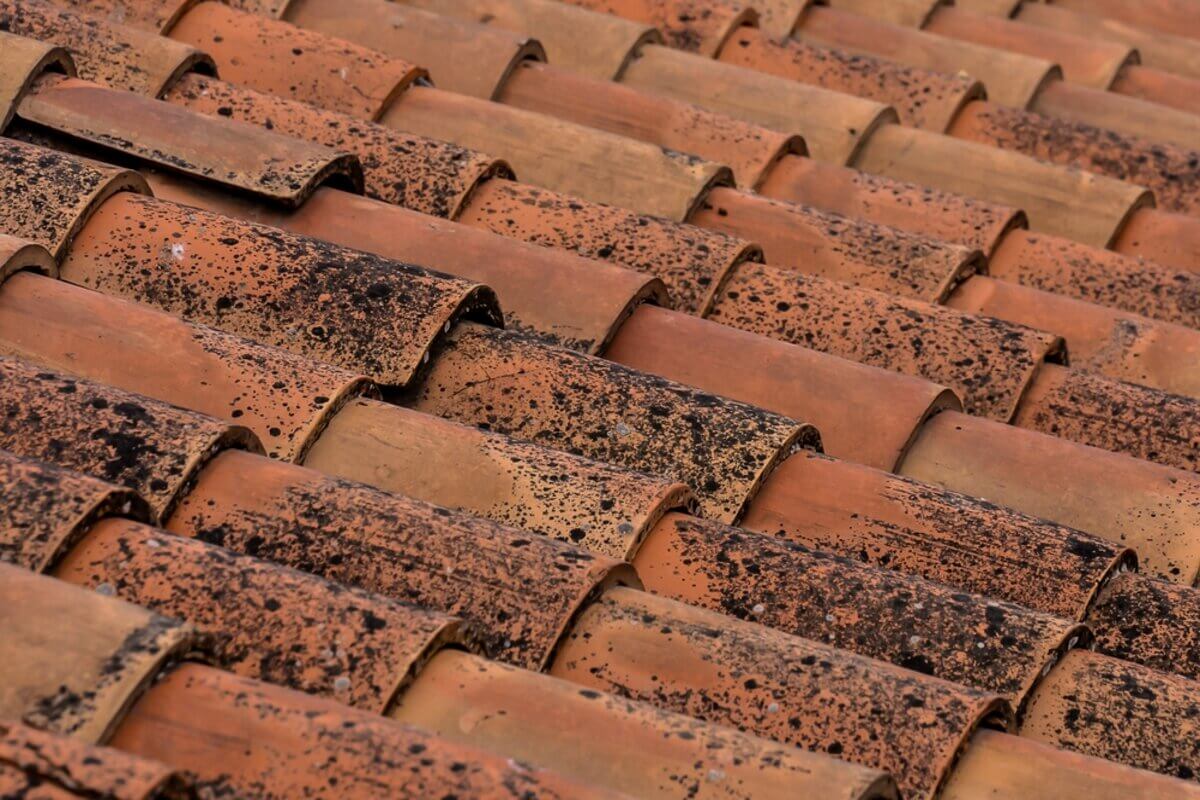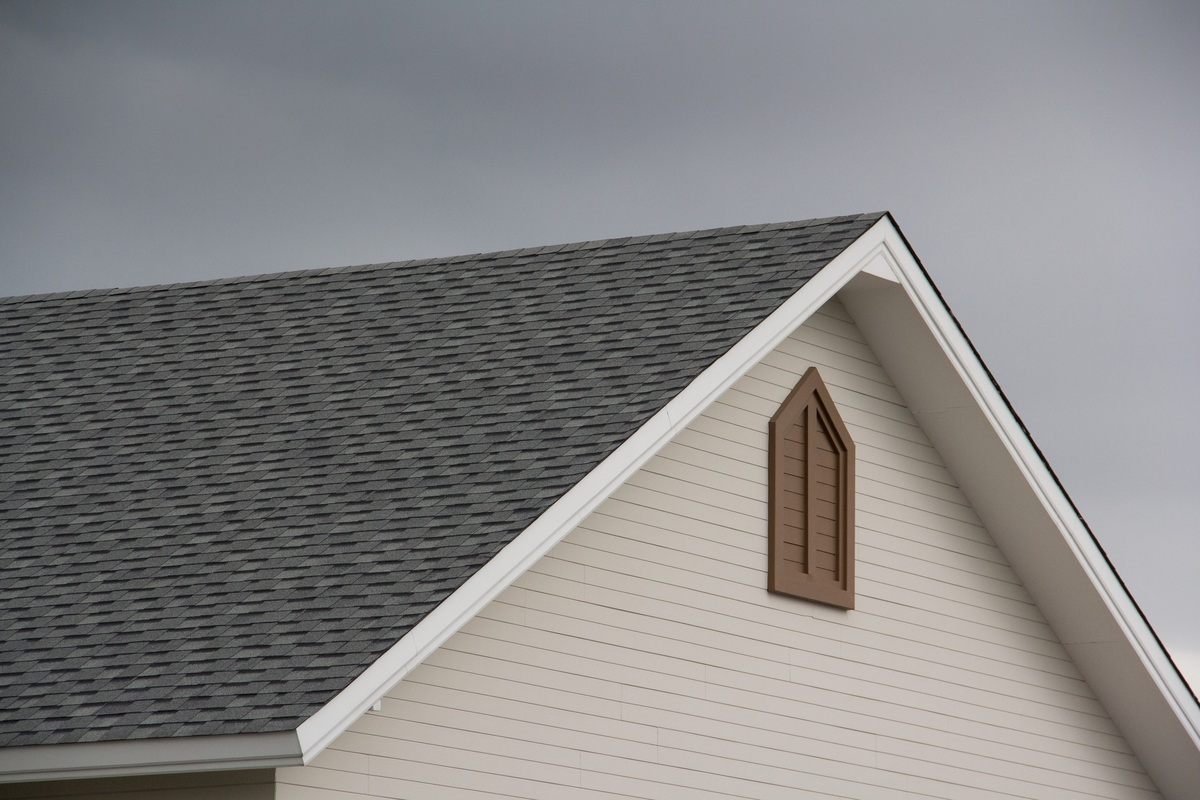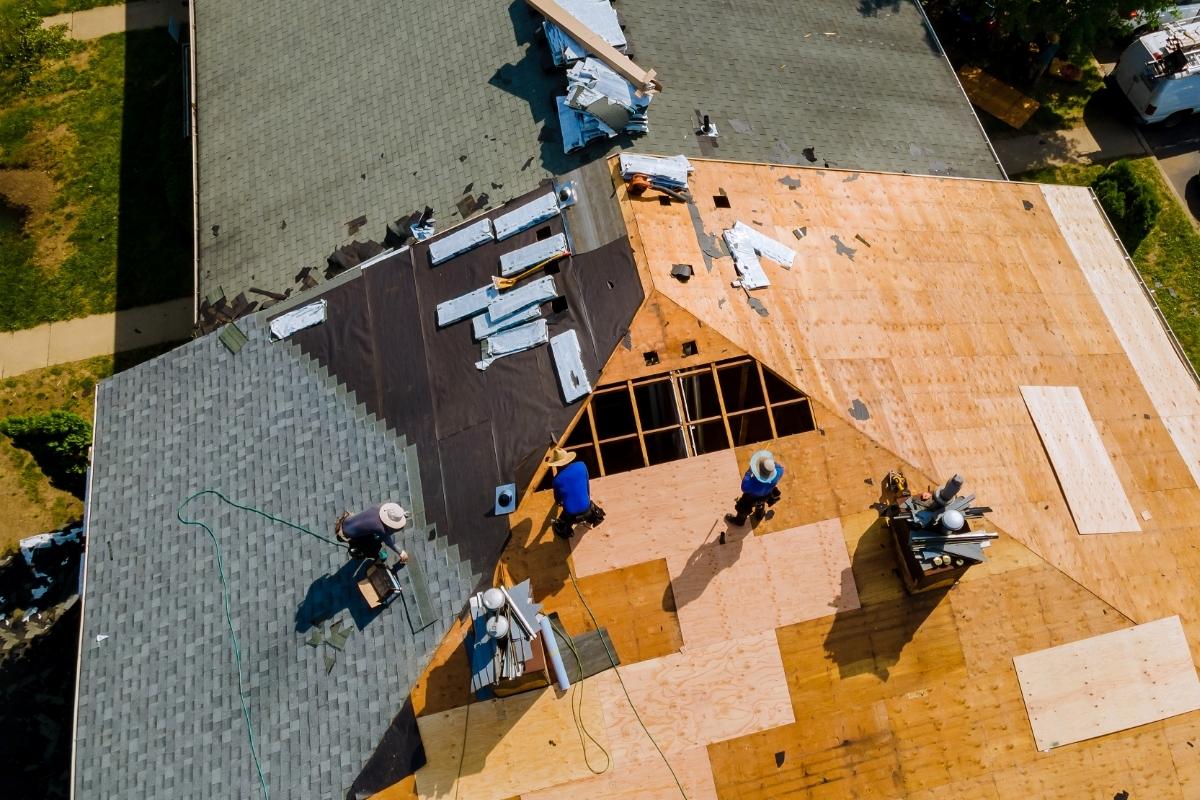Dark streaks on your roof aren’t just unsightly. They can signify deeper issues, affecting not only your roof’s appearance but its durability. These streaks are common and often mysterious, yet understanding their origins and effects is crucial for any homeowner aiming to protect their property. This guide explains why dark streaks appear, what they mean for your roof, and how to prevent them. Whether you’re a new homeowner or maintaining an older home, this information will help you make informed decisions to keep your roof in top shape.
What Are Dark Streaks on a Roof?
Dark streaks are long, black stains commonly found on the roof’s shaded areas. Often, they appear on the north-facing side, where sunlight is limited. In most cases, these streaks are caused by a specific type of algae, Gloeocapsa Magma, which thrives in moisture-rich areas. The dark pigmentation protects the algae from UV light, allowing it to spread across the roof.
Other Causes of Dark Streaks
While algae are usually the main cause, other factors may lead to dark streaks on a roof.
- Mold and mildew: These fungi, often mistaken for algae, grow in damp environments and can also create dark streaks on your roof. Mold can be particularly damaging, weakening roofing materials more rapidly.
- Pollution and debris: Dirt, soot, and pollution can accumulate on your roof, darkening its appearance. Although these aren’t biological growths, they may trap moisture and encourage algae or mildew to thrive.
Why Are Dark Streaks Problematic?
Dark streaks are more than a cosmetic issue. If left untreated, they can lead to several long-term concerns that affect both the roof and your home’s efficiency.
Structural Concerns
When dark streaks appear, they often trap moisture against shingles, weakening them over time. This can eventually compromise the roof’s integrity, making shingles brittle or prone to breakage. In the worst cases, mold can form beneath shingles, leading to structural damage and potential costly repairs.
Reduced Energy Efficiency
Dark streaks absorb sunlight, which makes the roof warmer and increases cooling costs in your home. This extra warmth puts a greater burden on air conditioning systems in the summer months, ultimately raising energy bills. Removing or preventing streaks can help maintain a cooler, more energy-efficient home.
How to Remove Dark Streaks on Your Roof
If you notice dark streaks, there are effective ways to clean and prevent them.
Cleaning with Roof Solutions
Roof-cleaning solutions, often bleach-based, can eliminate algae and mildew. Apply the cleaner, allow it to sit, and rinse with a garden hose. Avoid using a pressure washer, as it can damage the shingles.
Installing Algae-Resistant Shingles
Algae-resistant shingles contain copper or zinc granules, which naturally prevent algae growth. While more expensive than regular shingles, this solution can save you from ongoing cleaning and maintenance.
Adding Copper or Zinc Strips
Installing copper or zinc strips along your roof can help prevent algae. When it rains, water washing over the strips releases ions that deter algae from growing. This method offers an affordable, low-maintenance way to prevent dark streaks from forming.
Preventing Dark Streaks
Preventing dark streaks starts with regular roof maintenance and some smart prevention measures.
- Trim overhanging branches: Shade from trees provides an ideal environment for algae and mold. Keeping branches trimmed allows sunlight to reach your roof, drying out any moisture.
- Keep gutters clear: Clogged gutters trap moisture, leading to algae growth. Clean gutters prevent water buildup, helping your roof stay dry.
- Schedule regular inspections: A professional roof inspection helps identify and treat early signs of algae, mold, or mildew, keeping your roof in good condition.
Conclusion
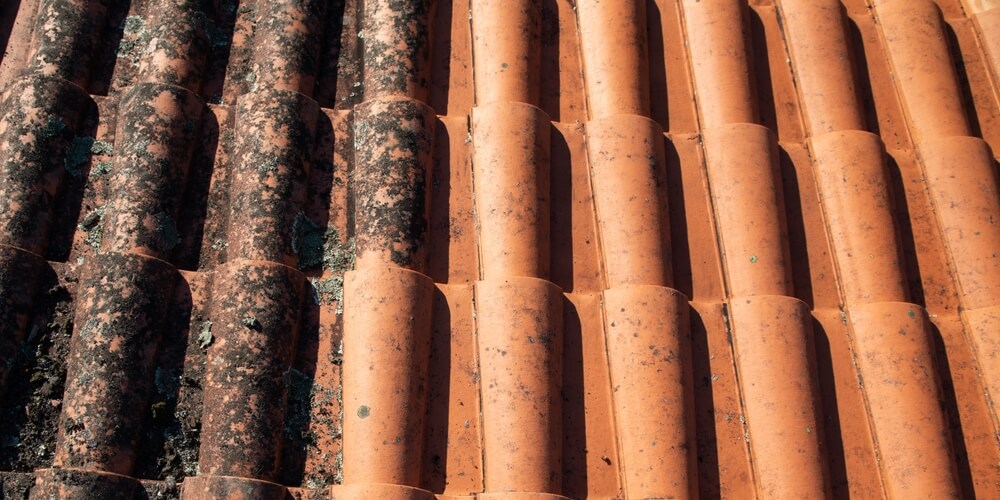
Dark streaks on your roof can be more than just an eyesore. They indicate algae, mold, or other buildup that, if ignored, can harm your roof’s integrity and efficiency. By understanding the causes and taking preventive measures, you can protect your roof from streaks and extend its life. From routine cleaning to installing algae-resistant materials, these steps will help maintain your roof for years to come. If you’re facing persistent dark streaks or need expert advice, contact DryTech Exteriors today for professional assistance and solutions.
